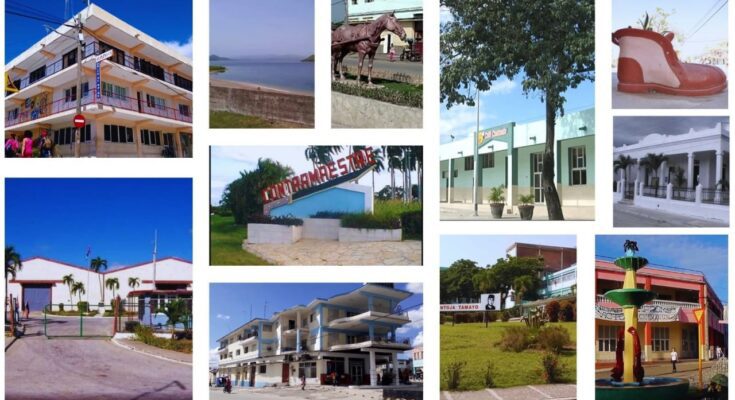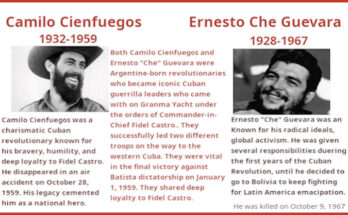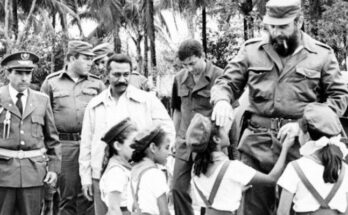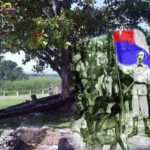On February 5, every year, when researches on the date point out the founding of our town, Contramaestre, back in 1913, invites us to travel to the past to know the roots, to discover in historiographic records valuable data of what today is the culture and idiosyncrasy of the inhabitants of this eastern geography of Cuba.
Looking back, Contramaestre was a land where there were two ceramic communities known as Pedernales and early Taínos. Contramaestre was the land of a mining commission, of aboriginal settlements, of a small hamlet called Baire Arriba, of the population settlement of Maffo or Remanganaguas. It was a land of independence exploits, of brave men who longed for freedom from Spanish colonialism and went after it in October 1868 with the beginning of the Ten Years War and in Jiguaní, head of the jurisdiction at that time, the first action in the area took place.
Then followed armed events that positioned these places in the history of Cuba, erecting the present: The First Charge to the Machete in Pinos de Baire, the February 24 Uprising, the combats of Loma del Ají, Saltaderos de Baire, Los Negros, Managuaco, Maffo, Altos de la Ratonera.
Contramaestre went on its way to its February 1913, forging among its inhabitants local history, identity, traditions, economic and social life in the context of the war of national liberation after 1902; emerging economic entities such as Central America, BANFAIC, the railroad lines that gave life to the nascent territory.
Contramaestre was a land of patriots who walked it and left their mark: Donato Mármol, Calixto García, Máximo Gómez, Guillermon Moncada, Saturnino Lora, Jesús Rabí, Romárico Cordero, José Martí, Gregorio Careaga, Amado Rosales, Manuel Galán, Rolando Vega, Orlando Pantoja, Juan Almeida Bosque….
But its name and date of foundation have generated divergences of criteria among the scholars of the subject because it is accompanied by several versions in the toponymy and the day and year it was conceived as a population settlement.
In this sense, the investigations of the local historian Manuel Galardi and the writer and journalist Arnoldo Fernández, where they point out that the name of Contramaestre comes from a Spanish navigator who expressed that this was the Contramaestre of the Cauto River, that is to say, its second in volume, baptizing the place in this way, gain weight in this sense. The other version points out that at its source the river instead of flowing directly to the north runs against the Sierra Maestra in a small stretch, hence the name – against the maestra.
To the date of February 5, which today we celebrate its 112th anniversary, there are also versions about its origins. Returning to the annotations of the local scholars mentioned above, they affirm that the construction of the railroad between 1912 and 1913 by the Van Horne company with the objective of uniting the jurisdiction of Jiguaní with the central America generated conflicts that are currently recorded in minutes and files signed on February 5, 1913, for which the local authorities in 1989 decided to institute the foundation on that date.
After 112 years, Contramaestre is a municipality, the third in population of the province of Santiago de Cuba, which is built with the diversity of its people and in turn with challenges in that economic, political and social life. Contramaestre is a city with riches to exploit, potentialities that rely on the sacrifice, will and capacity of more than 100 thousand inhabitants proud of their land.




